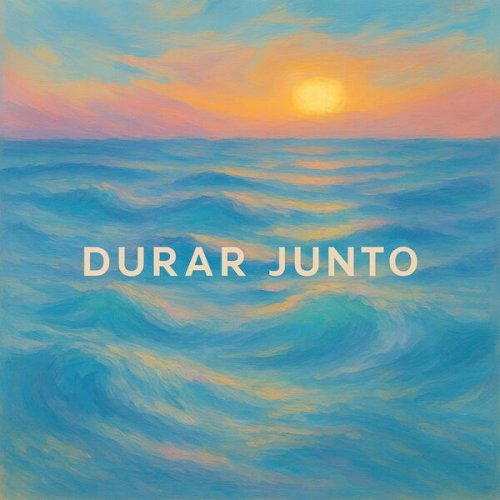Roscoe Mitchell - Bells For The South Side (2017)
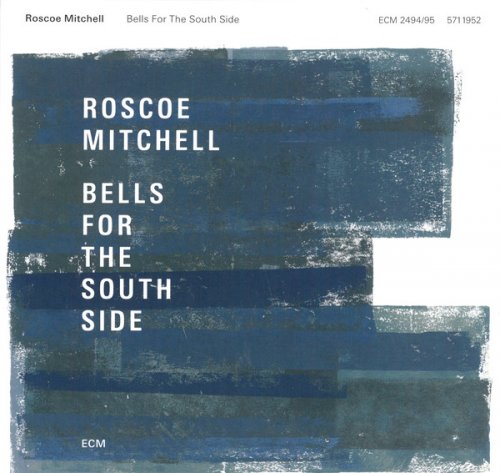
Artist: Roscoe Mitchell
Title: Bells For The South Side
Year Of Release: 2017
Label: ECM Records
Genre: Jazz
Quality: FLAC (tracks + .cue, log, scans)
Total Time: 1:08:02
Total Size: 716 MB
WebSite: Album Preview
Tracklist:Title: Bells For The South Side
Year Of Release: 2017
Label: ECM Records
Genre: Jazz
Quality: FLAC (tracks + .cue, log, scans)
Total Time: 1:08:02
Total Size: 716 MB
WebSite: Album Preview
01. Spatial Aspects Of The Sound (12:14)
02. Panoply (7:37)
03. Prelude To A Rose (12:45)
04. Dancing In The Canyon (10:24)
05. EP 7849 (8:14)
06. Bells For The South Side (12:36)
07. Prelude To The Card Game, Cards For Drums, And The Final Hand (16:04)
08. The Last Chord (12:27)
09. Six Gongs And Two Woodblocks (7:50)
10. R509A Twenty B (1:34)
11. Red Moon In The Sky / Odwalla (25:49)
For more than 50 years, Roscoe Mitchell has blurred relationships between sound and silence, scripted composition and improvisation, jazz, classical, and even R&B musics as a soloist, bandleader, member of the Art Ensemble of Chicago, and composer. In 2015, Chicago's Museum of Contemporary Art presented a 50th anniversary exhibition devoted to the Association for Advancement of Creative Musicians (or AACM), an organization Mitchell co-founded, in an exhibit called The Freedom Principle. The music on the double-length Bells for the South Side was recorded during the exhibit with four of Mitchell's trios -- James Fei and William Winant; Hugh Ragin and Tyshawn Sorey; Craig Taborn and Kikanju Baku; Jaribu Shahid and Tani Tabbal -- playing separately and in combinations.
The music here glances back to the many places Mitchell has visited, but this is no mere retrospective: most of this is bracing new music that looks forward to further exploratory musical landscapes. The set opens with "Spatial Aspects of the Sound," a chamber piece with Baku using wrist bells, Winant's various percussion instruments, and Taborn's and Sorey's pianos. At 12-plus minutes, it unhurriedly allows tones and clusters, movement and stillness, to articulate a range of carefully controlled articulations. On "Panoply," sputtering sopranino, squawking tenor, kit drums, and various percussion instruments engage in aggressive, inspired free interplay. "Prelude to a Rose" contrasts Sorey's trombone, Ragin's trumpets, and Mitchell's reeds in elongated, dovetailing tones through a slowly unfolding melody. "EP 7849" is another combinatory exercise with electronics, electric guitar, cowbell, hand drums, and bowed double bass that offers futurist dissonance and complex, fascinating engagement. "Dancing in the Canyon" is a canny, propulsive, and extremely active free-for-all with Taborn and Baku. On the title track, disc one's closer, the Art Ensemble's army of percussion instruments is utilized. Sorey plays Mitchell’s percussion cage, and Tabbal and Baku the percussion instruments of Don Moye and Malachi Favors, with Winant on Lester Bowie's bass drum. Ragin’s trumpet offers sounds in all registers, while Mitchell digs extremely low-end sounds from his bass sax. It's certainly mysterious, but also utterly lovely. Disc two's "Prelude to the Card Game, Cards for Drums, and the Final Hand" features Mitchell, Tabbal, and Shahid in an intuitive, equaniminous improvisation one would expect from players whose relationship dates back 40 years. Likewise, the extended smearing and droning of Mitchell's and Fei's reeds on "Six Gongs and Two Woodblocks" amid Winant's percussion and Fei's electronics are simultaneously spectral and inquisitive. The closing medley, "Red Moon in the Sky/Odwalla," juxtaposes a new work (the former) with a reading of an Art Ensemble staple, with all players in open, bleating improvisation before a tight, bluesy, modal post-bop sums it all up, displaying the myriad faces of Mitchell's approach to both function and extension in the relentless creation of a poetics in sound. Bells for the South Side is indeed massive, but its depth, breadth, and inspired performances border on the profound. -- Thom Jurek
The music here glances back to the many places Mitchell has visited, but this is no mere retrospective: most of this is bracing new music that looks forward to further exploratory musical landscapes. The set opens with "Spatial Aspects of the Sound," a chamber piece with Baku using wrist bells, Winant's various percussion instruments, and Taborn's and Sorey's pianos. At 12-plus minutes, it unhurriedly allows tones and clusters, movement and stillness, to articulate a range of carefully controlled articulations. On "Panoply," sputtering sopranino, squawking tenor, kit drums, and various percussion instruments engage in aggressive, inspired free interplay. "Prelude to a Rose" contrasts Sorey's trombone, Ragin's trumpets, and Mitchell's reeds in elongated, dovetailing tones through a slowly unfolding melody. "EP 7849" is another combinatory exercise with electronics, electric guitar, cowbell, hand drums, and bowed double bass that offers futurist dissonance and complex, fascinating engagement. "Dancing in the Canyon" is a canny, propulsive, and extremely active free-for-all with Taborn and Baku. On the title track, disc one's closer, the Art Ensemble's army of percussion instruments is utilized. Sorey plays Mitchell’s percussion cage, and Tabbal and Baku the percussion instruments of Don Moye and Malachi Favors, with Winant on Lester Bowie's bass drum. Ragin’s trumpet offers sounds in all registers, while Mitchell digs extremely low-end sounds from his bass sax. It's certainly mysterious, but also utterly lovely. Disc two's "Prelude to the Card Game, Cards for Drums, and the Final Hand" features Mitchell, Tabbal, and Shahid in an intuitive, equaniminous improvisation one would expect from players whose relationship dates back 40 years. Likewise, the extended smearing and droning of Mitchell's and Fei's reeds on "Six Gongs and Two Woodblocks" amid Winant's percussion and Fei's electronics are simultaneously spectral and inquisitive. The closing medley, "Red Moon in the Sky/Odwalla," juxtaposes a new work (the former) with a reading of an Art Ensemble staple, with all players in open, bleating improvisation before a tight, bluesy, modal post-bop sums it all up, displaying the myriad faces of Mitchell's approach to both function and extension in the relentless creation of a poetics in sound. Bells for the South Side is indeed massive, but its depth, breadth, and inspired performances border on the profound. -- Thom Jurek

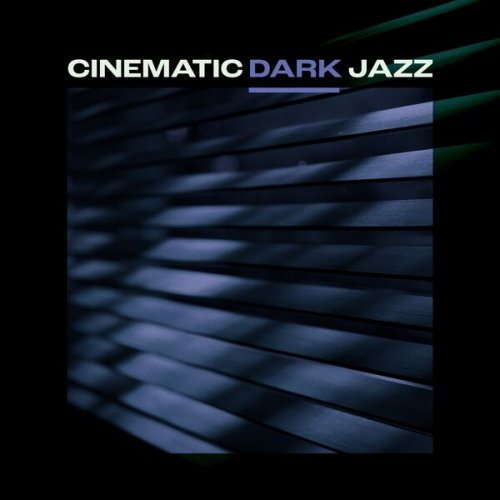

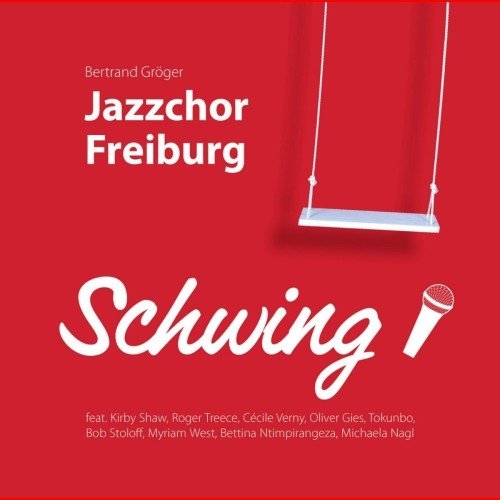
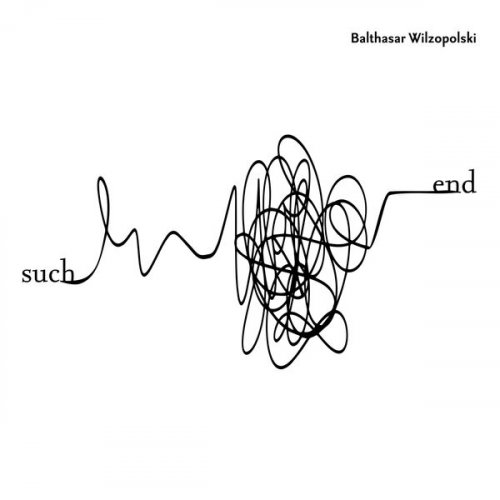
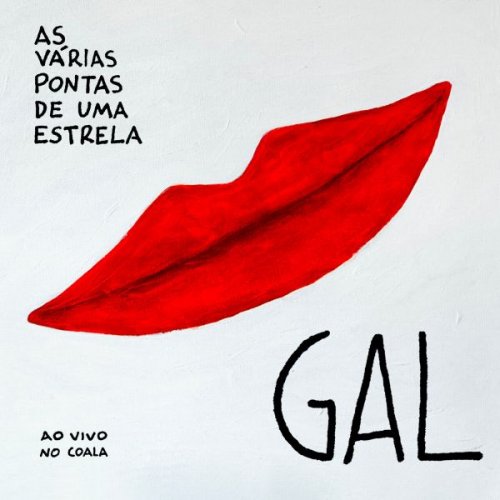
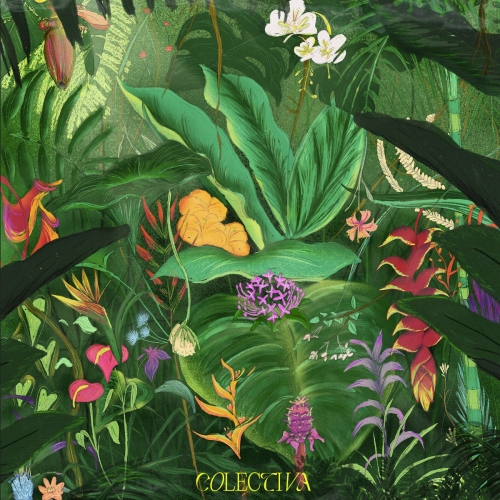
![Nectar Woode - Live at Village Underground (Live At Village Underground) (2025) [Hi-Res] Nectar Woode - Live at Village Underground (Live At Village Underground) (2025) [Hi-Res]](https://img.israbox.com/img/2025-12/15/eiazyx7yigt2lhbv1tcd3eos6.jpg)
